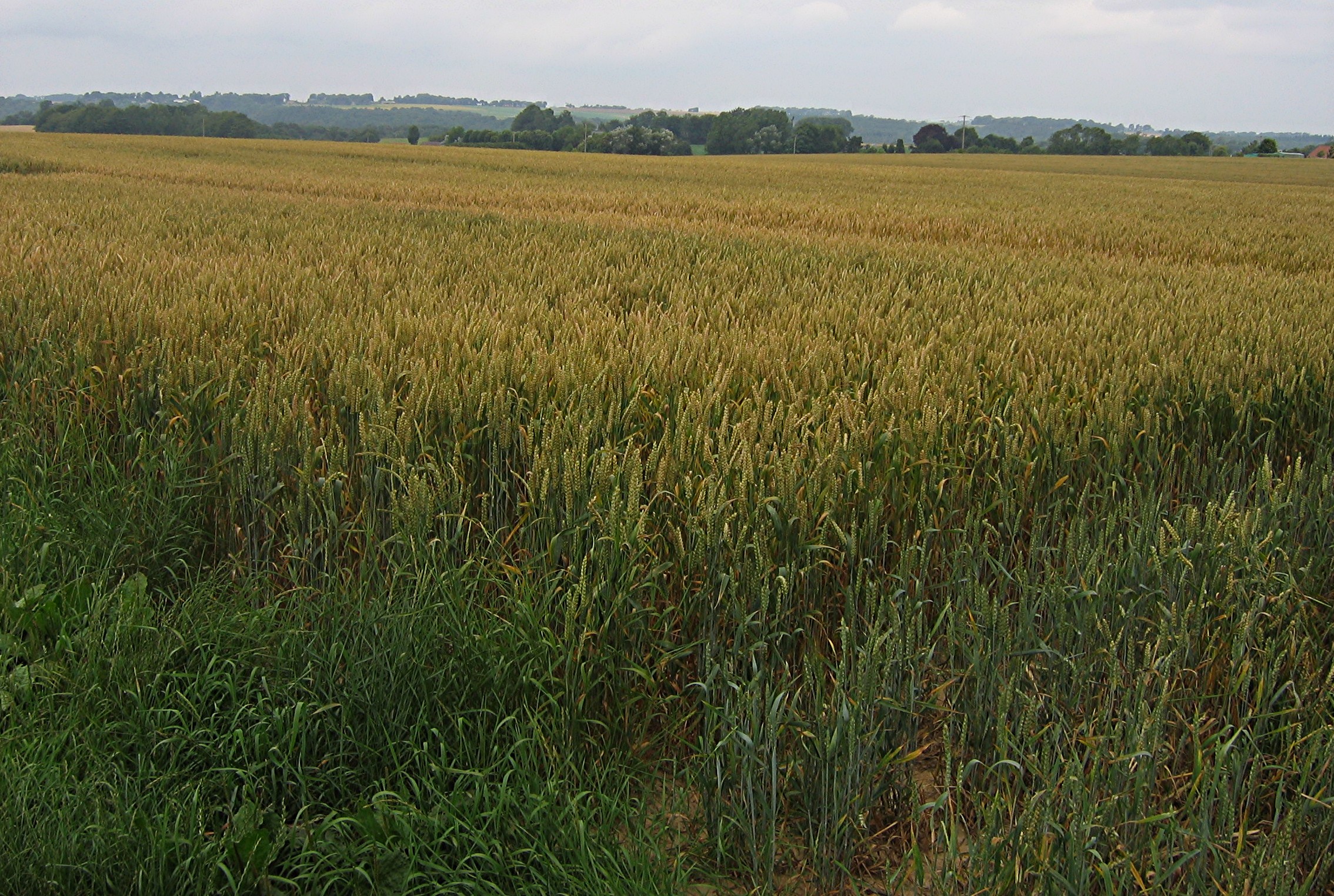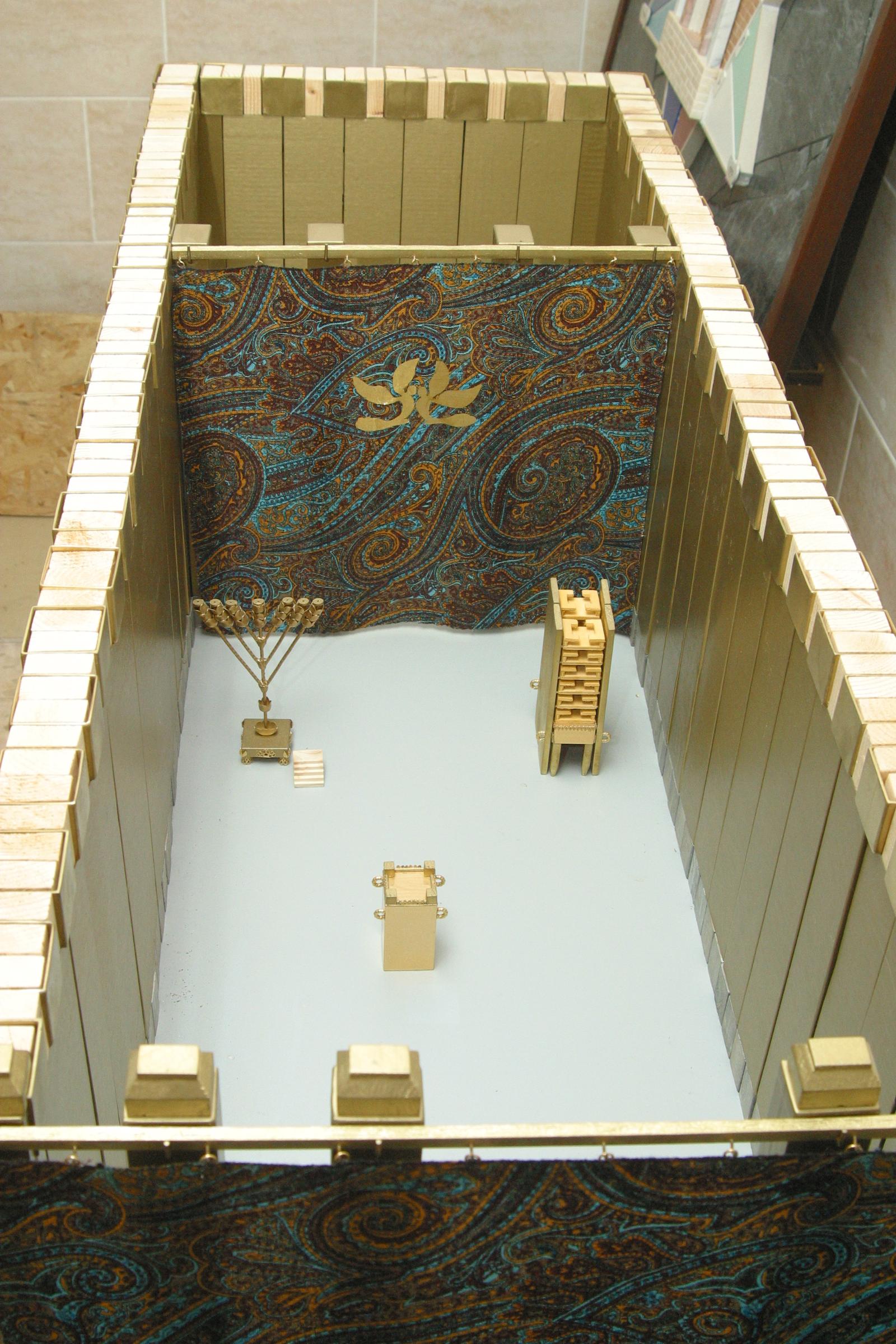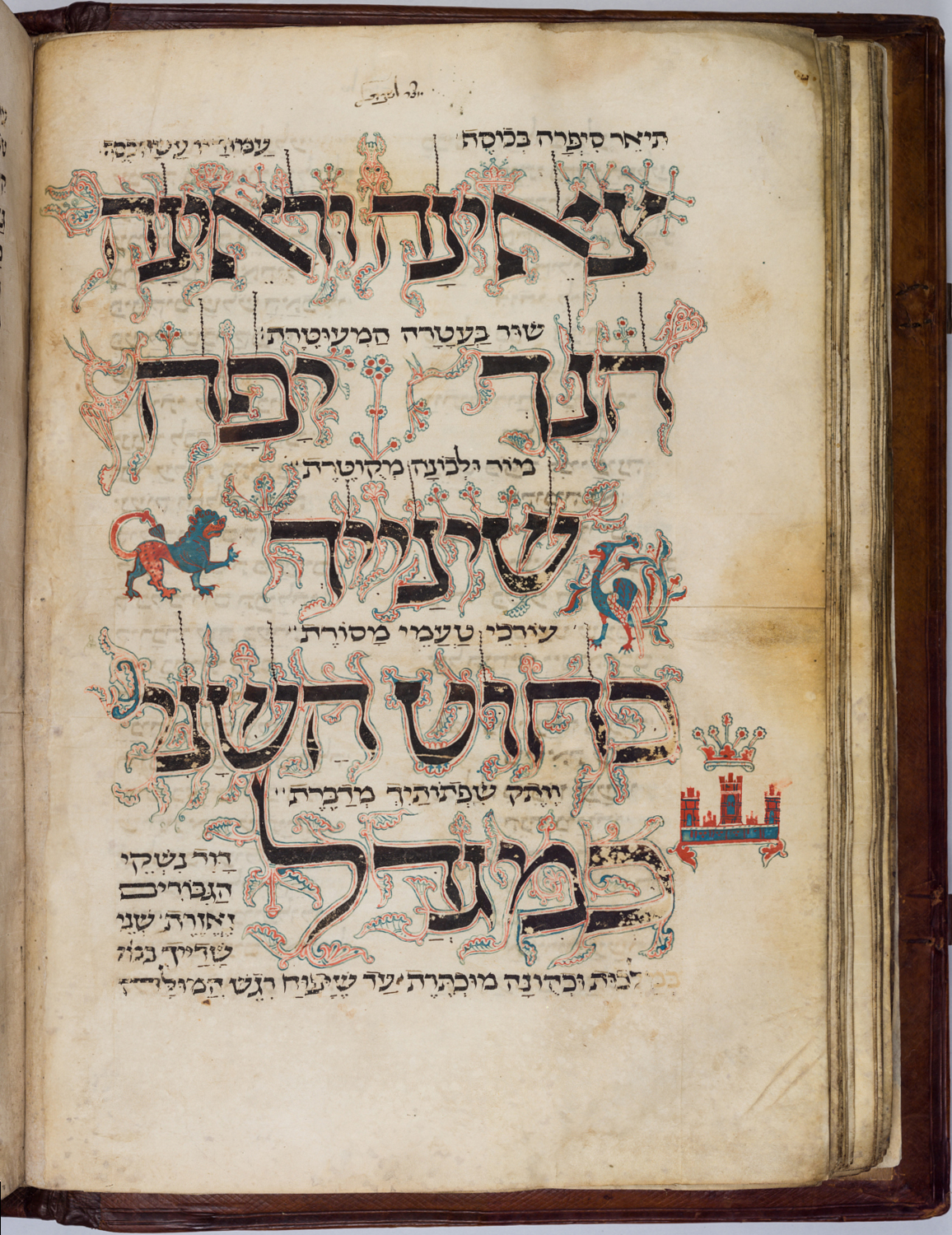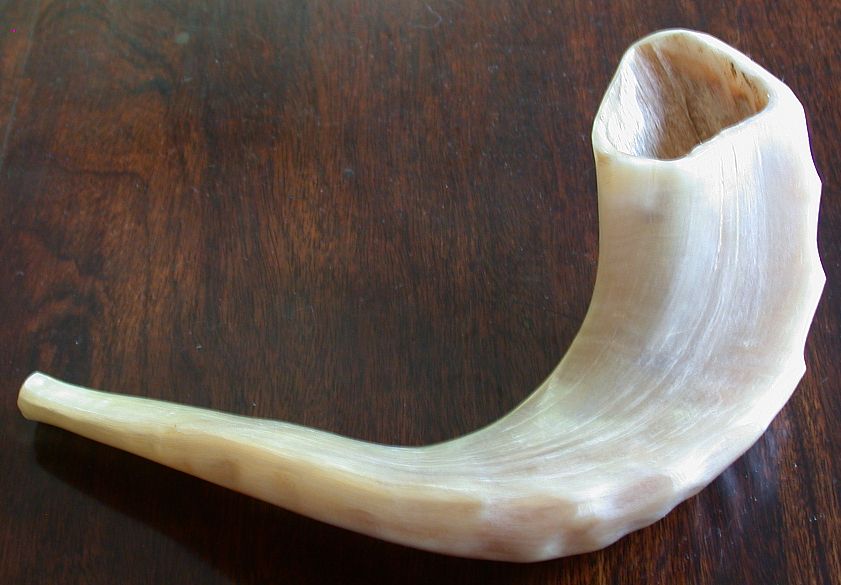|
Acharei Mot
Acharei Mot (also Aharei Mot, Aharei Moth, or Acharei Mos) (, Hebrew for "after the death") is the 29th weekly Torah portion in the annual Jewish cycle of Torah reading. It is the sixth weekly portion (, ''parashah'') in the Book of Leviticus, containing . It is named after the fifth and sixth Hebrew words of the parashah, its first distinctive words. The parashah sets forth the law of the Yom Kippur ritual, centralized offerings, blood, and sexual practices. The parashah is made up of 4,294 Hebrew letters, 1,170 Hebrew words, 80 verses, and 154 lines in a Torah Scroll (, ''Sefer Torah''). Jews generally read it in April or early May. The lunisolar Hebrew calendar contains up to 55 weeks, the exact number varying between 50 in common years and 54 or 55 in leap years. In leap years (for example, 2022, 2024, and 2027), parashah Acharei Mot is read separately on the 29th Sabbath after Simchat Torah. In common years (for example, 2021, 2023, 2025, 2026, and 2028), parashah Acharei ... [...More Info...] [...Related Items...] OR: [Wikipedia] [Google] [Baidu] |
The Scapegoat
A scapegoat is a goat used in a religious ritual or the victim of scapegoating, the singling out of a party for unmerited blame. Scapegoat or The Scapegoat may also refer to: Places * Scapegoat Wilderness, a Wilderness Area in Montana ** Scapegoat Mountain, a mountain in the Scapegoat Wilderness Literature * ''The Scapegoat'', translated work by Arvid Paulson from August Strindberg's ''Syndabocken'' * "The Scapegoat", a study of collective violence by René Girard * ''The Scapegoat'' (Du Maurier novel), a 1957 novel by Daphne du Maurier * ''Scapegoat'', an investigation into the trial of Richard Hauptmann * '' Scapegoat: The Jews, Israel, and Women's Liberation'', a 2000 book by Andrea Dworkin * "The Scapegoat" (Cherryh novel), a 1985 novella by science fiction writer C. J. Cherryh * ''The Scapegoat'', a novel by Hall Caine Film, television and radio * ''The Scapegoat'' (1912 film), an American short film starring Tom Mix, directed by Otis B. Thayer * ''The Scapegoat'' (1914 ... [...More Info...] [...Related Items...] OR: [Wikipedia] [Google] [Baidu] |
Kedoshim
Kedoshim, K'doshim, or Qedoshim ( — Hebrew for "holy ones," the 14th word, and the first distinctive word, in the parashah) is the 30th weekly Torah portion (, ''parashah'') in the annual Jewish cycle of Torah reading and the seventh in the Book of Leviticus. It constitutes . The parashah tells of the laws of holiness and ethical behavior, repeats the ten commandments, and describes penalties for sexual transgressions. The parashah is made up of 3,229 Hebrew letters, 868 Hebrew words, 64 verses, and 109 lines in a Torah Scroll (, ''Sefer Torah''). Jews generally read it in late April or May. The lunisolar Hebrew calendar contains up to 55 weeks, the exact number varying between 50 in common years and 54 or 55 in leap years. In leap years (for example, 2022 and 2024), parashah Kedoshim is read separately. In common years (for example, 2020, 2021, 2023, 2025, and 2026), parashah Kedoshim is combined with the previous parashah, Acharei Mot, to help achieve the needed number of week ... [...More Info...] [...Related Items...] OR: [Wikipedia] [Google] [Baidu] |
Holy Of Holies
The Holy of Holies (Hebrew: ''Qōḏeš haqQŏḏāšīm'' or ''Kodesh HaKodashim''; also הַדְּבִיר ''haDəḇīr'', 'the Sanctuary') is a term in the Hebrew Bible that refers to the inner sanctuary of the Tabernacle, where God's presence appeared. According to Hebrew tradition, the area was defined by four pillars that held up the veil of the covering, under which the Ark of the Covenant was held above the floor. According to the Hebrew scripture, the Ark contained the Ten Commandments, which were given by God to Moses on Mount Sinai. The Temple in Jerusalem was said to have been built by King Solomon for keeping the Ark. Ancient Jewish traditions viewed the Holy of Holies as the spiritual junction of Heaven and Earth, the "axis mundi". As a part of the Jewish Temple in Jerusalem, the Holy of Holies was situated somewhere on Temple Mount; its precise location in the Mount being a matter of dispute, with some classical Jewish sources identifying its location with the ... [...More Info...] [...Related Items...] OR: [Wikipedia] [Google] [Baidu] |
Moses
Moses hbo, מֹשֶׁה, Mōše; also known as Moshe or Moshe Rabbeinu (Mishnaic Hebrew: מֹשֶׁה רַבֵּינוּ, ); syr, ܡܘܫܐ, Mūše; ar, موسى, Mūsā; grc, Mωϋσῆς, Mōÿsēs () is considered the most important prophet in Judaism and one of the most important prophets in Christianity In Christianity, the figures widely recognised as prophets are those mentioned as such in the Old Testament and the New Testament. It is believed that prophets are chosen and called by God. This article lists such prophets. The first list bel ..., Prophets and messengers in Islam, Islam, the Druze faith, the Baháʼí Faith and Table of prophets of Abrahamic religions, other Abrahamic religions. According to both the Bible and the Quran, Moses was the leader of the Israelites and Law of Moses, lawgiver to whom the Mosaic authorship, authorship, or "acquisition from heaven", of the Torah (the first five books of the Bible) is attributed. According to the Book of E ... [...More Info...] [...Related Items...] OR: [Wikipedia] [Google] [Baidu] |
Names Of God In Judaism
Judaism considers some names of God so holy that, once written, they should not be erased: YHWH, Adonai, El ("God"), Elohim ("God," a plural noun), Shaddai ("Almighty"), and Tzevaot (" fHosts"); some also include Ehyeh ("I Will Be").This is the formulation of Joseph Karo (SA YD 276:9). Maimonides (MT Yesodei haTorah 6:2), Jacob b. Asher (AT YD 276), and Isaac Alfasi (HK Menachot 3b) also included Ehyeh, as do many later authorities, including Moses Isserles (SA YD 276:9). The original lists are found in y. Megillah 1:9 and b. Shavuot 35a, with some MSS agreeing with each authority. Maimonides and followers give the number of names as seven; however, manuscript inconsistency makes it difficult to judge which are included. Early authorities considered other Hebrew names mere epithets or descriptions of God and wrote that they and names in other languages may be written and erased freely. However, some moderns advise special care even in these cases, and many Orthodox Jews have a ... [...More Info...] [...Related Items...] OR: [Wikipedia] [Google] [Baidu] |
Aaron
According to Abrahamic religions, Aaron ''′aharon'', ar, هارون, Hārūn, Greek (Septuagint): Ἀαρών; often called Aaron the priest ()., group="note" ( or ; ''’Ahărōn'') was a prophet, a high priest, and the elder brother of Moses. Knowledge of Aaron, along with his brother Moses, exclusively comes from religious texts, such as the Hebrew Bible, Bible and the Quran. The Hebrew Bible relates that, unlike Moses, who grew up in the Egyptian royal court, Aaron and his elder sister Miriam remained with their kinsmen in the eastern border-land of Egypt ( Goshen). When Moses first confronted the Egyptian king about the enslavement of the Israelites, Aaron served as his brother's spokesman ("prophet") to the Pharaoh (). Part of the Law given to Moses at Sinai granted Aaron the priesthood for himself and his male descendants, and he became the first High Priest of the Israelites. Aaron died before the Israelites crossed the Jordan river. According to the Book of N ... [...More Info...] [...Related Items...] OR: [Wikipedia] [Google] [Baidu] |
Aliyah (Torah)
An aliyah (Hebrew עליה, or aliya and other variant English spellings) is the calling of a member of a Jewish congregation up to the '' bimah'' for a segment of the formal Torah reading. The person who receives the aliyah goes up to the ''bimah'' before the reading and recites a blessing for reading of the Torah. After the portion of the Torah is read, the recipient recites another blessing. In many congregations, the recipient will stand to the side of the ''bimah'' during the next person's reading. Process A synagogue official, called a '' gabbai'', calls up several people (men in Orthodox and some Conservative congregations, or both men and women in others), in turn, to be honored with an ''aliyah'' ( he, עליה; pl. עליות, ''aliyot''; "ascent" or "going up"). The honoree (or, more usually, a designated reader) recites a blessing over the Torah, between each verse. Each reads a section of the day's Torah portion. There are always at least three ''olim'' (people called ... [...More Info...] [...Related Items...] OR: [Wikipedia] [Google] [Baidu] |
Mahzor
The ''machzor'' ( he, מחזור, plural ''machzorim'', and , respectively) is the prayer book which is used by Jews on the High Holy Days of Rosh Hashanah and Yom Kippur. Many Jews also make use of specialized ''machzorim'' on the three pilgrimage festivals of Passover, Shavuot, and Sukkot. The ''machzor'' is a specialized form of the ''siddur'', which is generally intended for use in weekday and Shabbat services. The word ''machzor'' means "cycle"; the root ח־ז־ר means "to return". The term ''machzor'' originally referred to a book containing prayers for the entire year, including weekdays and Shabbat as well as holidays. Later (first in Ashkenazi communities) a distinction developed between the ''siddur'', which included weekday and Shabbat prayers, and the ''machzor'', which included festival prayers. Nevertheless, the original type of Machzor containing all of the prayers for the year continued to be used (even if less common) at least into the 20th century. Origin ... [...More Info...] [...Related Items...] OR: [Wikipedia] [Google] [Baidu] |
High Holidays
The High Holidays also known as the High Holy Days, or Days of Awe in Judaism, more properly known as the Yamim Noraim ( he, יָמִים נוֹרָאִים, ''Yāmīm Nōrāʾīm''; "Days of Awe") #strictly, the holidays of Rosh HaShanah ("Jewish New Year") and Yom Kippur ("Day of Atonement"); #by extension, the period of ten days including those holidays, known also as the Ten Days of Repentance (''Aseret Yemei Teshuvah''); or, #by a further extension, the entire 40-day penitential period in the Jewish year from Rosh Chodesh Elul to Yom Kippur, traditionally taken to represent the forty days Moses spent on Mount Sinai before coming down with the second ("replacement") set of the Tablets of Stone. Etymology The term High Holy Days most probably derives from the popular English phrase, “high days and holydays”. The Hebrew equivalent, "''Yamim Noraim''" ( he, ימים נוראים), is neither Biblical nor Talmudic. Professor Ismar Elbogen, author of “Jewish Liturgy in it ... [...More Info...] [...Related Items...] OR: [Wikipedia] [Google] [Baidu] |
Reform Judaism
Reform Judaism, also known as Liberal Judaism or Progressive Judaism, is a major Jewish denomination that emphasizes the evolving nature of Judaism, the superiority of its ethical aspects to its ceremonial ones, and belief in a continuous search for truth and knowledge, which is closely intertwined with human reason and not limited to the theophany at Mount Sinai. A highly liberal strand of Judaism, it is characterized by lessened stress on ritual and personal observance, regarding ''halakha ''Halakha'' (; he, הֲלָכָה, ), also transliterated as ''halacha'', ''halakhah'', and ''halocho'' ( ), is the collective body of Jewish religious laws which is derived from the written and Oral Torah. Halakha is based on biblical commandm ...'' (Jewish law) as non-binding and the individual Jew as autonomous, and great openness to external influences and progressive values. The origins of Reform Judaism lie in German Confederation, 19th-century Germany, where Rabbi Abraham Geige ... [...More Info...] [...Related Items...] OR: [Wikipedia] [Google] [Baidu] |
Jules Harlow
Jules Harlow (born June 28, 1931) is a Conservative Jewish rabbi and liturgist; son of Henry and Lena Lipman Harlow. He was born in Sioux City, Iowa. In 1952 at Morningside College in Sioux City he earned a B.A., and from there went to New York City to study in the Jewish Theological Seminary of America; here he became ordained as a rabbi in 1959. He then became a staff member of the Rabbinical Assembly (RA), the international organization of rabbis in Conservative Judaism. He soon began work as a liturgist on the RA's prayerbook committee, working with Rabbi Gershon Hadas on new siddurim (Jewish prayerbooks) for use in Conservative congregations. Under the editorship of Rabbi Hadas, they succeeded in printing the widely used ''Weekday Prayer Book'' in 1961. He took a greater role by editing and translating the movement's mahzor (prayerbook for Rosh Hashanah and Yom Kippur) which was published in 1972. He soon became the chief liturgist for the Conservative movement, and was the e ... [...More Info...] [...Related Items...] OR: [Wikipedia] [Google] [Baidu] |
Edward Feld
Edward Feld, born 1943, is a conservative rabbi and author. He was the senior editor of the conservative Rabbinical Assembly's High Holiday maḥzor '' Maḥzor Lev Shalem'' (2010), which was the first conservative Jewish liturgical publication to include passages aimed at the needs of gay couples. Feld currently serves as the Senior Editor of the Rabbinical Assembly's forthcoming Shabbat and festivals prayer book ''Siddur Lev Shalem,'' a follow-up to the maḥzor preceding it, similarly laced with commentaries and contemporarily-sensitive alternative textual options. Feld's other works include ''The Spirit of Jewish Renewal: Finding Faith After the Holocaust'' (Jewish Lights Publishing: 2003), ''Joy, Despair, and Hope: Reading Psalms'' (Cascade Books: 2013), and many articles, including "Towards an Aggadic Aggadah ( he, ''ʾAggāḏā'' or ''Haggāḏā''; Jewish Babylonian Aramaic: אַגָּדְתָא ''ʾAggāḏəṯāʾ''; "tales, fairytale, lore") is the non-legalistic ... [...More Info...] [...Related Items...] OR: [Wikipedia] [Google] [Baidu] |








